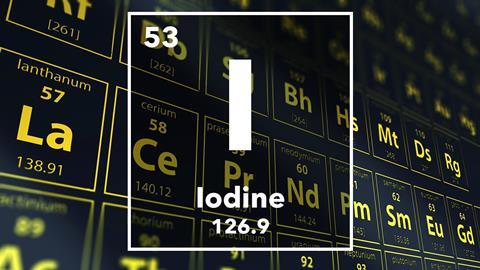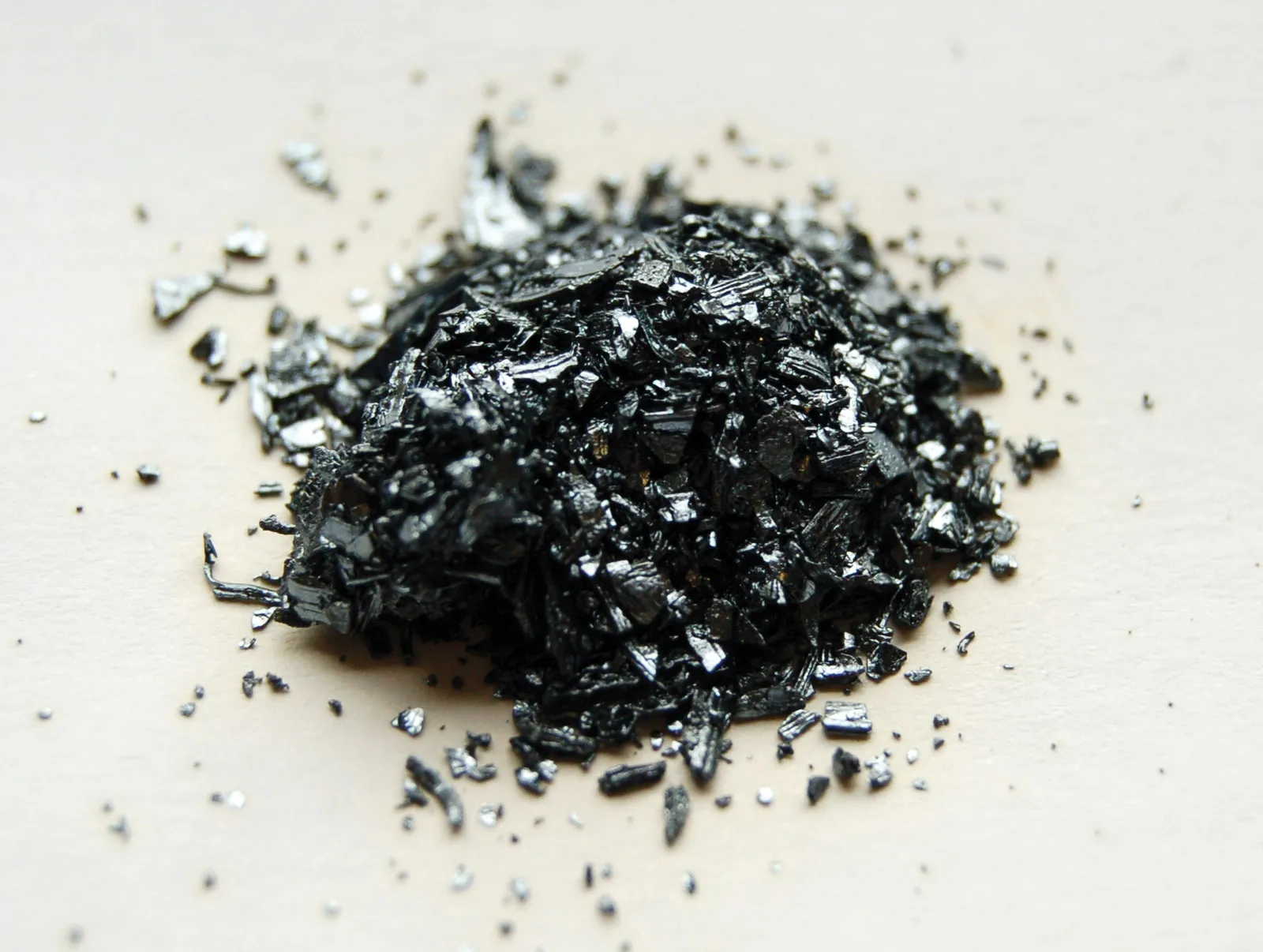Iodine
Iodine is a trace mineral vital for the human body, primarily playing a critical role in the production of thyroid hormones. These hormones regulate metabolism, growth, development, and various other bodily functions. Insufficient iodine intake can lead to serious health complications, including goiter, hypothyroidism, and even intellectual disabilities, particularly in children.
While the human body cannot produce iodine, it can be obtained through various dietary sources. Seafood, especially seaweed and cod, are particularly rich in iodine. Additionally, dairy products, eggs, and iodized salt are significant contributors. Iodization of table salt has been instrumental in significantly reducing iodine deficiency disorders worldwide.
Beyond its biological importance, iodine finds applications in various industrial and scientific fields. It acts as a disinfectant and antiseptic, used in wound healing solutions and topical medications. In its radioactive form, iodine has medical applications in thyroid imaging and treatment of certain thyroid cancers. Additionally, iodine compounds are used in photography, dyes, and some industrial processes.


